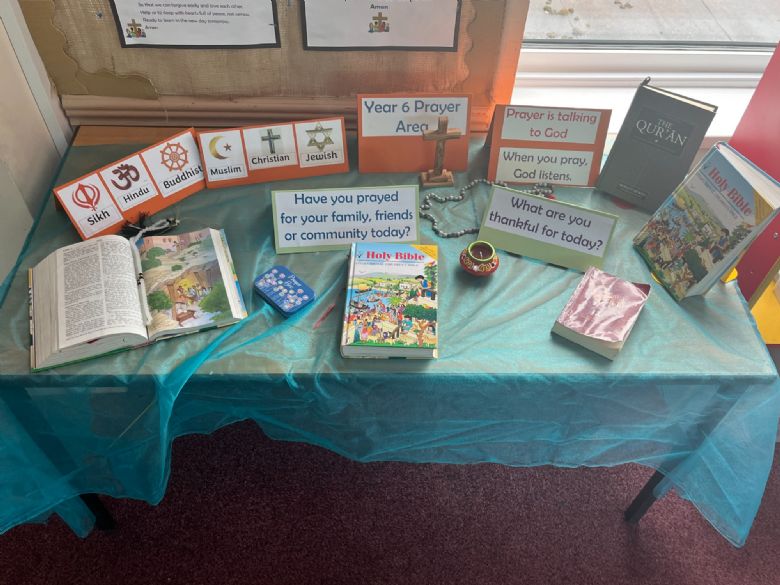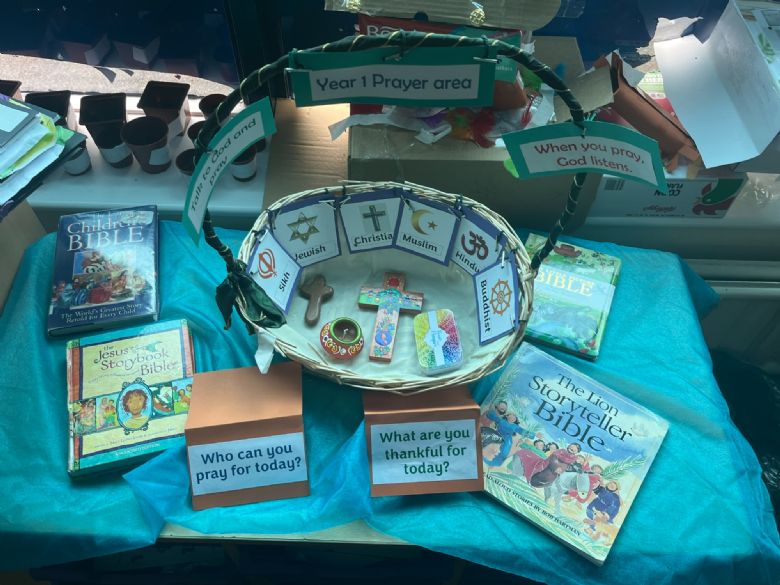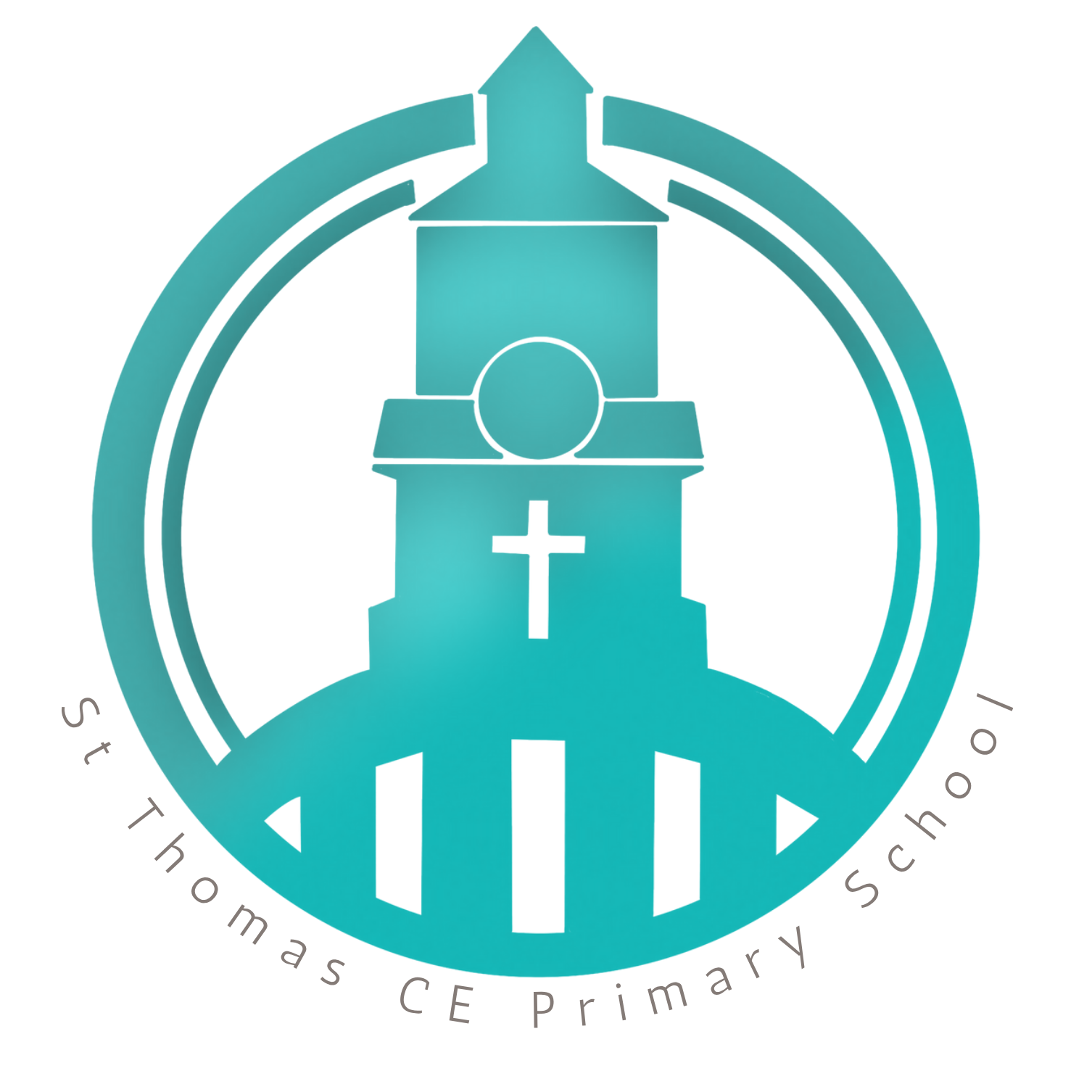Our School
Christian Distinctiveness
As a Church Voluntary Aided Primary School, St Thomas works hard to develop and sustain the school’s Christian distinctiveness. We work in close partnership with St Lukes' church and St Luke's Gas Street, which we make regular visits to.
Theologically rooted
As a Church of England school, we align our vision to the Church of England Vision for Education, with Jesus' promise of 'life in all its fullness' at its heart.
We also align our vision with those of our local partners:
Fioretti Trust:
The Fioretti trust recognises the important of each other MAT schools having a distinctive character which best fits the needs and characteristics of their local community. Therefore, the trust has maintained local governing boards which will know and service their local communities best.
Fioretti Trust Vision: Through God’s love, we are the rich soil where roots grow and seed flourish Luke 8:4-15
Our vision is to build a family of schools, with individually distinctive Christian characters, ethos and values. To share a similar ethos and values, to learn and grow together and to aim for excellence in all we do.
Our Aim: Through its vision and practice, each school is living up to its foundation as a Church school and is enabling children and adults to flourish
The Birmingham Diocese Board of Education:
Church schools live out the gospel of Jesus: transforming the world by transforming lives.
It is our intention that all our staff, children, and their families are embraced in a loving Christian community through which they encounter God’s love in action across the breadth of the school’s work. They will flourish in and through it.
Inclusion and celebrating our diversity.
We welcome families of all faiths and none. Although our Christian ethos is an important part of who we are, we also recognise and celebrate our diverse local community. We want to take lots of opportunities to learn from each other and about each other. This may take the form of sharing prayers and special celebrations from non-Christian faith, learning about each other's families, cultural heritage and traditions. As we are a church school, our Religious Education curriculum reflects this through learning about Christianity in every year group, but we also believe it is important to learn about non-Christian world faiths and beliefs, so these are also taught in year groups every year.

Please see our R. E curriculum page for more information.
We aim to make links between ideas and values in faiths and beliefs so that our pupils grow up as respectful, compassionate and understanding people.
Our LIEP connection provided through the DBE, has allowed our relationship with the local synagogue, Buddhist temple and mosque to enhance our curriculum. These links allow our pupils and staff to live out the school vision and provide a hands-on experience. Parents are encouraged to take part in the festivals that are held at our local church and in our whole school celebration every Friday.

Prayer and spirituality
Our rooted Christian vision guided us to investigate various schemes of work and curriculum pathways that provide all our children with the necessary opportunities and rich knowledge that prepare them for the wider world.
Subject leaders have created Questions of Wonder, which are specifically selected to match the wider subject area and spark discussions about the 4 areas of spirituality:
Ourselves
Others
The World
Beyond
Our aim is to spark children's interest in discussion and debate about the more spiritual side of life. Relating their own experiences to those of others and how the curriculum they are learning can form links to the real world through these thought-provoking questions.
A breakdown of these questions and how they are sequenced through the curriculum can be found in the attached document at the bottom of this page.





